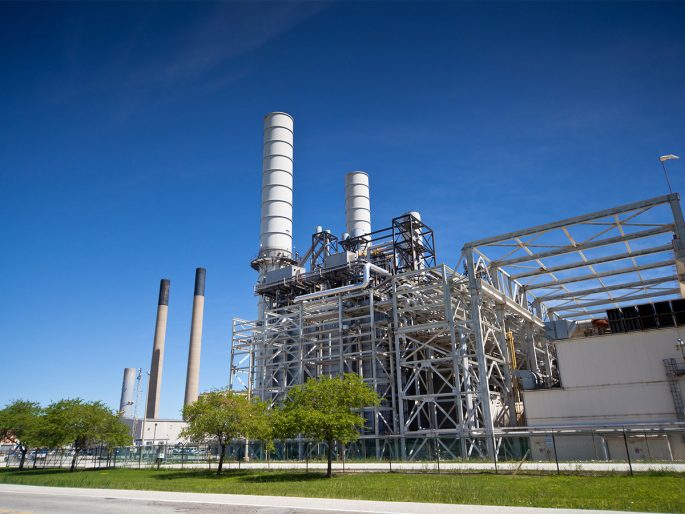The pandemic caused abrupt disruption within the fuel industry, and it tested more than the dynamics of the supply line. What can we learn from it? Here are 3 things for consideration.
1. Road funding is in more serious jeopardy than ever before.
As an elastic source of revenue, funds accrued through state and federal fuel taxes suffered steep declines due to reduced fuel consumption resulting from stay-at-home orders. If the United States wants to establish a consistent source of road funding, then the funding structure must be overhauled. Learn more about this critical issue in an upcoming article from Source in PMAA Journal.
2. Fuel producers are not equipped to adapt to abrupt changes in production needs.
Both refineries and ethanol plants struggled this spring when oil prices plunged and inventories swelled. The Energy Information Administration’s Weekly Petroleum Status Report showed that only about 69% of refinery capacity was being utilized at the beginning of May, a metric that approaches a need to shut down operations. During the same time, less than 25% of U.S. ethanol plants were running at full capacity. There are serious economic implications to prepare for if and when a sustained decrease in demand occurs.
3. Tensions over blending requirements escalate amid light production scenarios.
With both the petroleum and ethanol production industries suffering, critical feedback about — or support of — the Renewable Fuels Standard (RFS) surfaced proportionately. Refiners requested RFS waivers, which the ethanol industry has generally viewed as a way to skirt blending requirements. Petroleum groups have said that refiners operating on tight margins are struggling to recover their compliance costs.
Rather than hoping this year was just a fluke, every person with a role in the management of the U.S. fuel supply needs to learn from this moment and prepare to make adjustments. For more on this topic, watch for our next Fueled for Thought article in Fuels Market News.




